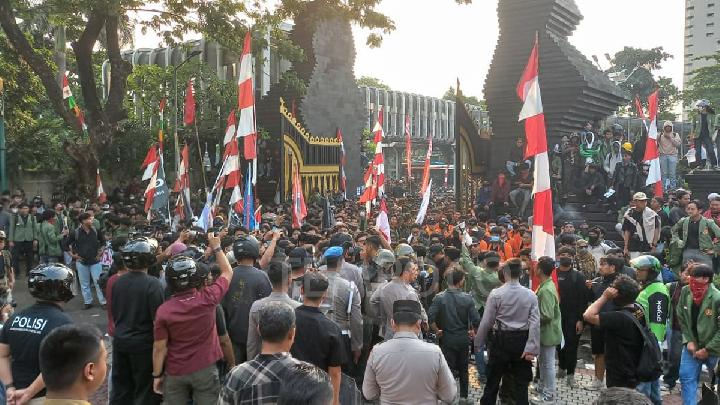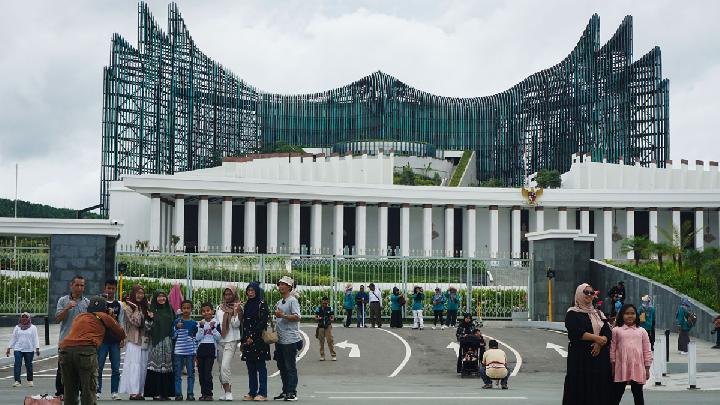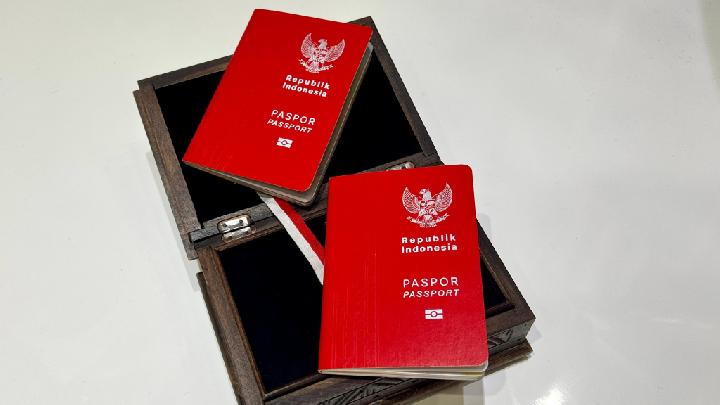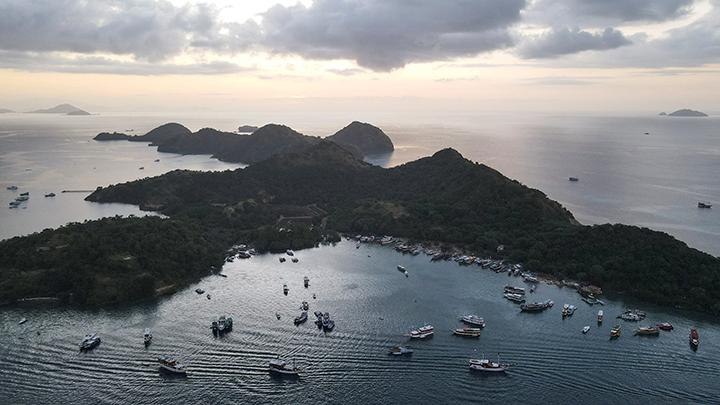TEMPO.CO, Jakarta - Schools and government offices in the Philippine capital, Manila, as well as 34 provinces, were closed on Friday, July 25, 2025, as Typhoon Co-May intensified, with wind speeds reaching up to 120 km/h and gusts up to 150 km/h, the local newspaper Inquirer reported, as cited by Anadolu.
The typhoon, which grew into a storm on Thursday night, is expected to move toward Northern Luzon, according to the Philippine Atmospheric, Geophysical and Astronomical Services Administration.
Almost 70 flights were cancelled due to the combined effects of the typhoon and the southwest monsoon, which continue to cause heavy rains across the country, according to the Philippine Civil Aviation Authority.
Upon returning from a meeting at the White House with U.S. President Donald Trump, President Ferdinand Marcos Jr. visited emergency shelters in Rizal Province on Thursday to help distribute food packages to displaced residents.
He then held an emergency meeting with disaster response officials, where he underscored the need for the government and society to adapt and prepare for the increasing number of climate-related natural disasters.
Marcos Jr. urged the people of the Philippines to focus on disaster preparedness and long-term adaptation, as future storms cannot be avoided.
“We are now having to think more of mitigation … What do we have to do when it [typhoon] comes again because it will come again,” Marcos stated, according to ABS-CBN News.
The tropical storm particularly hit the northern mountainous regions of the Philippines on Friday, exacerbating the already week-long inclement weather. This natural disaster has caused at least 25 deaths and led to the evacuation of hundreds of thousands of flood- and landslide-affected villagers.
As reported by Arab News, Typhoon Co-may made landfall on Thursday night in Agno City, Pangasinan Province, with maximum sustained winds of 120 kilometers per hour and gusts of up to 165 km/h. The typhoon weakened as it moved towards the northeast, with wind speeds of 100 km/h on Friday morning.
Co-May intensified the seasonal monsoon rains that had inundated most parts of the country over the past week.
Disaster response personnel have received reports of at least 25 deaths since the end of last weekend, mostly caused by flash floods, fallen trees, landslides, and electrocution. Eight other people were reported missing.
There have been no direct reports of deaths or injuries caused by Co-May, locally known as Emong, the fifth storm to hit the Philippines since the rainy season began last month. More than a dozen other tropical storms are expected to hit the Southeast Asian country for the remainder of the year, according to weather forecasters.
The government closed schools in the Manila metropolitan area for the third day on Friday and suspended classes in 35 provinces in the northern Luzon region. At least 77 municipalities, mostly in Luzon, have declared a state of calamity, a status that expedites emergency fund disbursements and freezes commodity prices, including rice.
The days-long stormy weather has forced 278,000 people to leave their homes for emergency shelters or the residences of relatives. Nearly 3,000 houses were damaged, according to the government's disaster response agency.
Travel by sea and air has been restricted in the storm-affected or typhoon-stricken northern provinces.
Thousands of troops, police, coast guard personnel, firefighters, and civilian volunteers have been deployed to assist in rescuing people in flood-stricken or isolated villages due to blocked roads from landslides, fallen trees, and large boulders.
The Philippines is also recovering from the devastating impact of several storms, including Tropical Storm Wipha, which killed 12 people and displaced over 2.7 million, with 8 people still missing, according to Xinhua News.
Agricultural and infrastructure damage has reached around US$73 million, and flood warnings are still in place across the affected regions, according to the National Disaster Risk Reduction and Management Council.
Although Wipha left the Philippines last Saturday, monsoon rains continue, exacerbated by Tropical Storm Francisco and Co-May.
The United States, a longtime ally of Manila, has pledged to provide military aircraft to transport food and other aid to remote island provinces and rural areas if the disasters worsen, the Filipino military stated.
The Philippines, located between the Pacific Ocean and the South China Sea, is hit by approximately 20 typhoons and storms each year. The Philippines is frequently struck by earthquakes and has around two dozen active volcanoes, making it one of the most disaster-prone countries in the world.
Editor’s Choice: Severe Flooding in the Philippines Forces Thousands to Evacuate
Click here to get the latest news updates from Tempo on Google News


















































